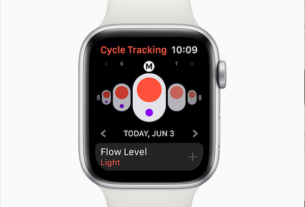Seeking to bring diabetes analysis to rural areas and indigenous communities in Mexico, a group of researchers are working on the development of a device that can detect the disease with a sample of saliva and a cell phone.
The interdisciplinary team of professionals, made up of specialists in biotechnology, enzymes and mobility, is run by the Centro de Biotecnología FEMSA at the Tecnológico de Monterrey and the University of Houston.
The device they are designing will feature biomarkers contained in the saliva that may indicate the development of diabetes and use two main tools: enzyme technology that makes it possible to detect the presence of the biomarkers and a small, flexible platform that can be adapted to a cell phone.
“It all begins with a sample of saliva. We need to filter out contaminants and make the biomarker associated with diabetes detectable. We are going to use fluorescence that reacts to the presence of the compound which can be detected via a sensitive camera that is present in today’s cell phones,” explains Doctor Rito Palomares, the director of the Center.
The main motivation for the construction of this tool is to provide a way of detecting the disease in isolated areas and indigenous communities where traditional procedures aren’t viable. “We’ve developed something that is less invasive than extracting blood and, especially, is portable, cheap and doesn’t require cold transport or special care,” Palomares explains.
The research is in its first year and it is planned that by the end of these first twelve months a prototype will be ready for testing. After two years of testing, the device could be mass produced and sold.
Initially it is designed for early detection of diabetes but this technology could be adapted for biomarkers that indicate metabolic syndromes, high cholesterol and certain types of cancer.
INFO: According to the International Diabetes Federation, 387 million people have diabetes and by 2035 it is estimated that this figure will be 592 million.
Source: Tecnológico de Monterrey

